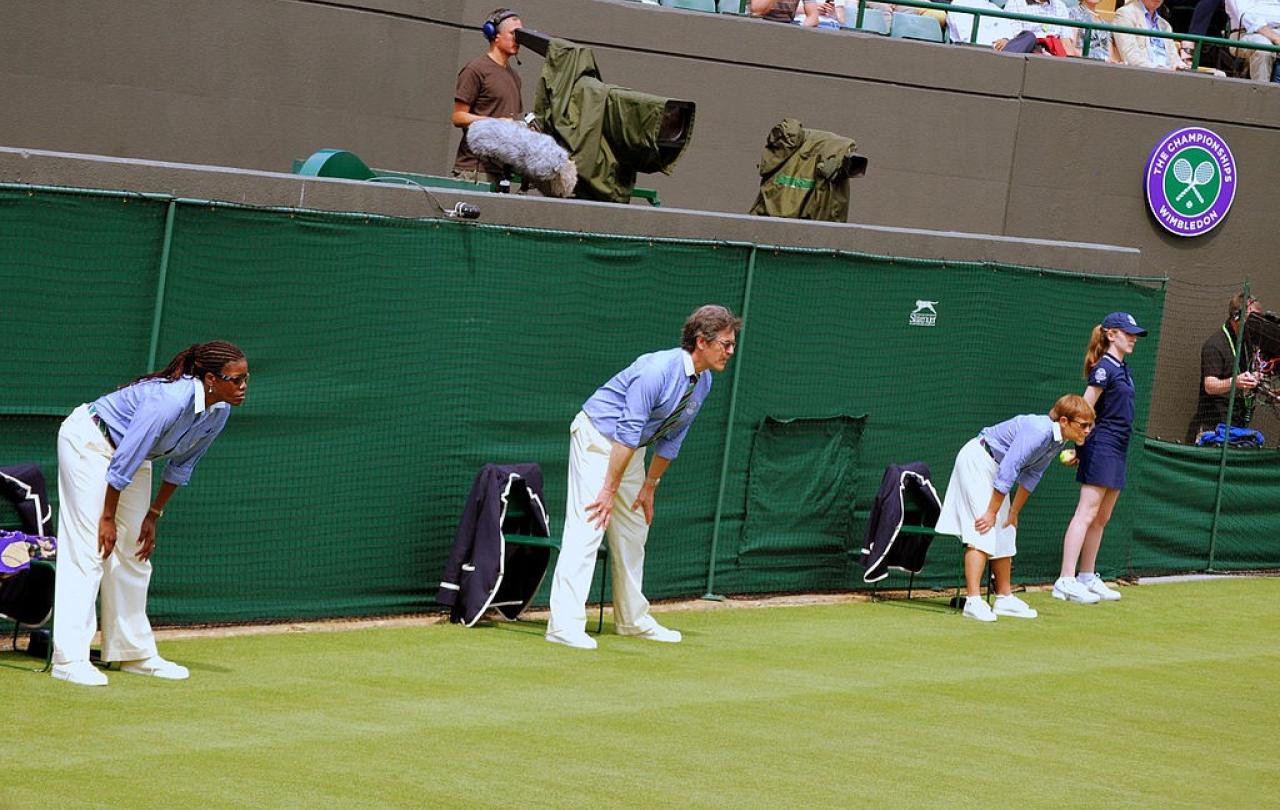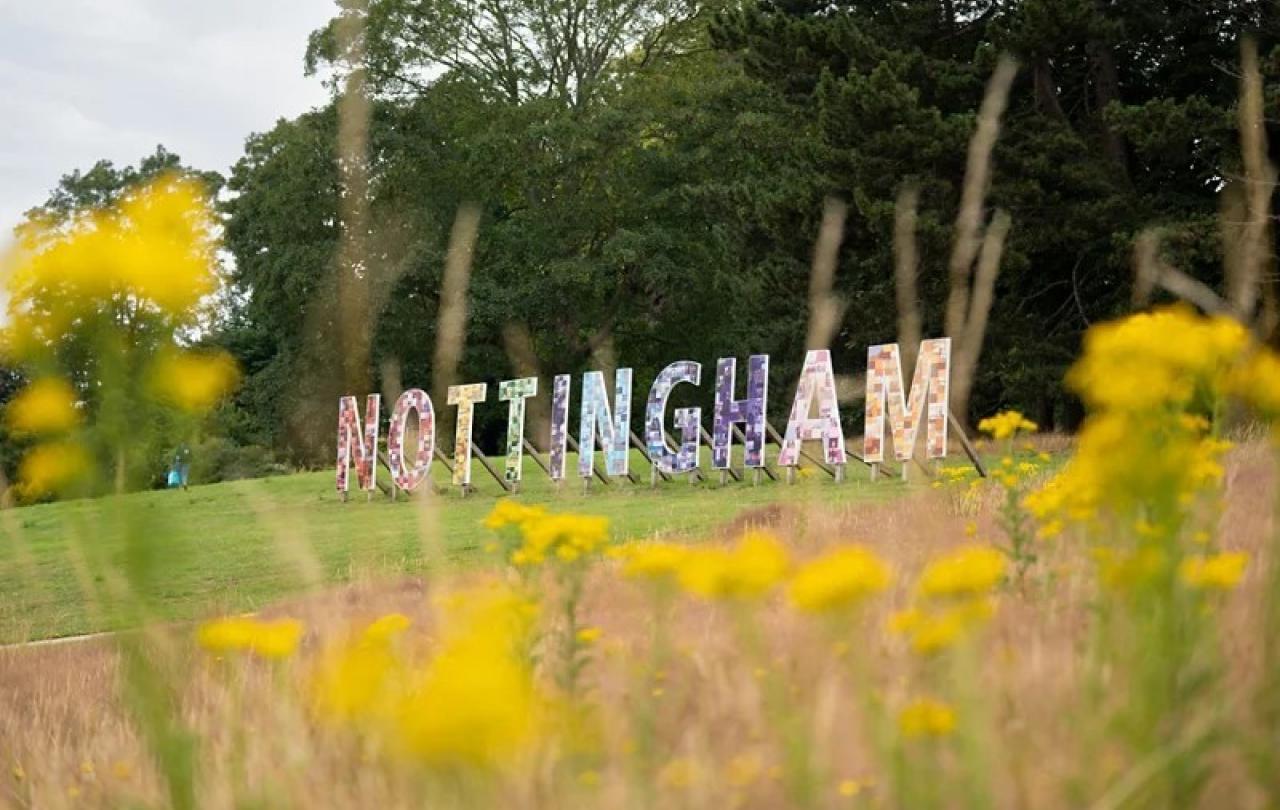
It’s the most wonderful time of the year! No, I’m not talking about Christmas, but Wimbledon, of course. Two weeks of absolute delight. Tennis matches on the TV non-stop. Incredible displays of athleticism and skill. Wimbledon never fails to be an emotional rollercoaster for Brits as we watch our favourites reaching for glory (to various degrees of success).
But it’s not just the tennis: it’s the entire aura around the Championships. The Pimm’s & Lemonade; the strawberries and cream. The big serves but bigger personalities. The familiar cadence of retired legends in the commentator box. The ball kids, impeccably disciplined as always, run like the clockwork we come to expect at the tournament. The outrageous Englishness of it all, from the refined fashion to ridiculous costumes, to the umpire’s chiding of the raucous crowd, popping champagne bottles at inappropriate moments. Wimbledon is like a faithful friend, who even after a year of being apart, makes a deep connection instantly.
However, this year something - or rather someone - seems to be missing. I am of course speaking of our old friends, the line judges.
Those stoic sentinels, guarding watch over the chalky borders of the court, have gone. In their place, a machine: efficient, faultless (apparently), and it doesn’t require a pension. But we still hear the ghost of the line judges haunting the court: their disembodied voices, recorded for posterity, call out from somewhere in the AI aether.
Gone are the days of the drama of McEnroe’s ‘you cannot be serious’, and even the Hawkeye challenge - an apparently rude interruption to the gameplay - is no longer necessary. Perhaps this was inevitable: the next step on the path of progress, the realisation of a techno-optimist utopia. Fewer human errors, more tennis for us, even fewer shirts for the All England Club to iron.
Technological advancement has made our old friends, the line judges, obsolete.
But I’ve got to be honest, I miss them. It’s not that the technology seems to be glitchy at times, nor that I’m an old-fashioned technophobe.
I recognise we don’t really need those line judges anymore, but I think, deep down, we do want them.
Wimbledon is about more than efficiency, it’s about humanity.
It’s about the on-court drama when a player disagrees with a line call. It’s about the risky moments where a line judge narrowly (and somehow quite elegantly) misses a 120mph serve. Computers eliminate risks, but they also diminish these human moments.
I miss the line judges like I miss the conversations with people at the bus stop. Both made redundant by the people upstairs who benevolently(?) oversee our technological advancement.
Our world teaches us to value efficiency, but at what cost? Just picture it, in years to come: the ball kids replaced by a super smart lawn mower with a sucker pipe to retrieve wayward balls, or God-forbid, Tim Henman recreated as an AI commentator avatar.
Perhaps they may decide that’s a step too far. Perhaps our technocratic overlords may seek to consult a moral authority before destroying all human connection.
Speaking of moral authorities, I believe in a God who created us, not because he needs us, but because he wants us. He could have made perfect robots with far less risk, far less drama, far less pain. But he chose to create human beings that fail, and frustrate our desire for efficiency. While the potential that AI offers is exciting, I am wary that we lose the potential latent in every human being: to connect. Let’s learn to see others not for their efficiency, but their humanity.
Support Seen & Unseen
Since Spring 2023, our readers have enjoyed over 1,500 articles. All for free.
This is made possible through the generosity of our amazing community of supporters.
If you enjoy Seen & Unseen, would you consider making a gift towards our work?
Do so by joining Behind The Seen. Alongside other benefits, you’ll receive an extra fortnightly email from me sharing my reading and reflections on the ideas that are shaping our times.
Graham Tomlin
Editor-in-Chief





